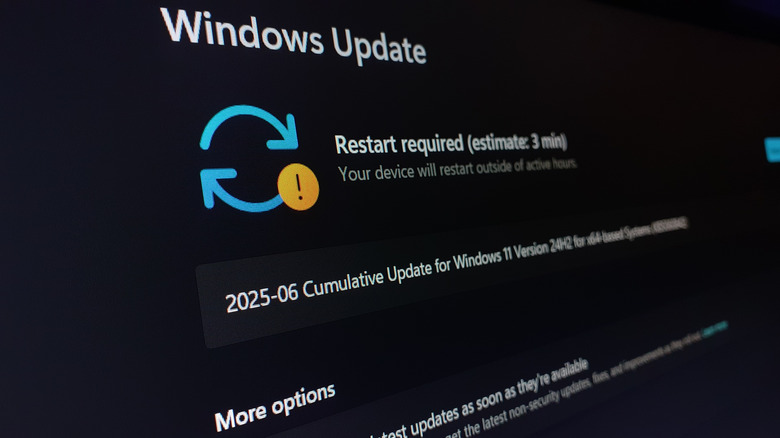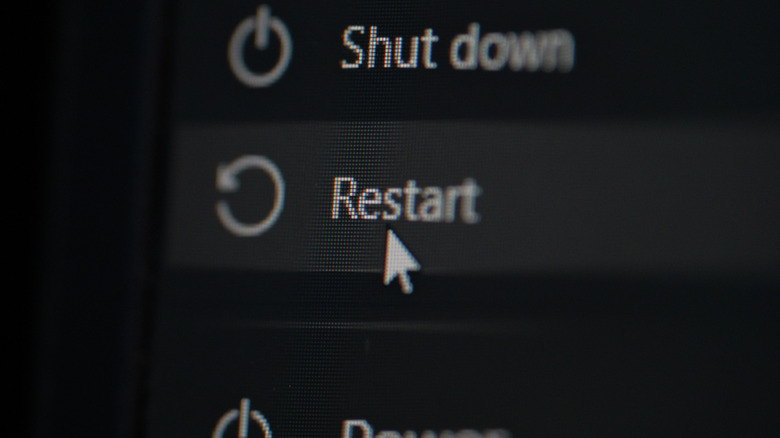Microsoft's Latest Windows 11 Update Is Reportedly 'Killing' Some SSDs
It seems that the latest Windows 11 update is causing some unexpected issues for users. The update in question is patch KB5063878, and it coincides with build 26100.4946. It has reportedly impacted SSDs from multiple brands, particularly when transferring large files. The new patch was intended to address various security issues in Windows 11, but some users have reported that their SSDs are no longer recognizable after an unspecified amount of time when trying to move a large file between drives.
Notably, not all drives seem to be affected, and user Necoru_cat shared on X that the issue appears to mostly be tied to trying to transfer files that are more than 50GB in size — more specifically, when transferring both single files or multiple files at once if the SSD experiences greater than 60% usage.
The poster also noted that they did some testing of different drives and discovered that SSDs featuring Phison NAND controllers appear to be experiencing the issue most often — though not every drive with the feature is affected. Japanese website NichePCGamer corroborated these findings as well, noting that several drives such as the Corsair Force MP600 — which features a Phison E16 controller — as well as non-Phison drives, like SanDisk's Extreme Pro M.2 NVMe, run into the problem.
Try restarting your PC first
When the SSD "crashes," it fails to be recognized and displayed within File Explorer on Windows. However, restarting the PC will cause most of the affected SSDs to appear in the storage listing again. But, if you try to move the file over once more, the same issue will occur, and it will stop displaying the SSD again. At least one drive in the poster's report was listed as not being recoverable even after a restart.
Thankfully, it doesn't appear that the issue is widespread just yet based on early reports. That's both a blessing and a curse. While there have been reports of different drives running into the problem, Microsoft hasn't verified the issue just yet across its official channels. This means there's no information on whether a fix is in the works or not.
This particular issue is striking at an interesting time, as Microsoft is aggressively pushing Windows 10 users to adopt its newest operating system while the Windows 10 end-of-life date steadily approaches. If the company wants to move over as many users as possible, then it needs to iron out any kinks that might keep people from widely adopting the service as quickly as possible, as many users are still hesitant to abandon Windows 10 and upgrade, especially with Windows 11's various bugs over the years.

